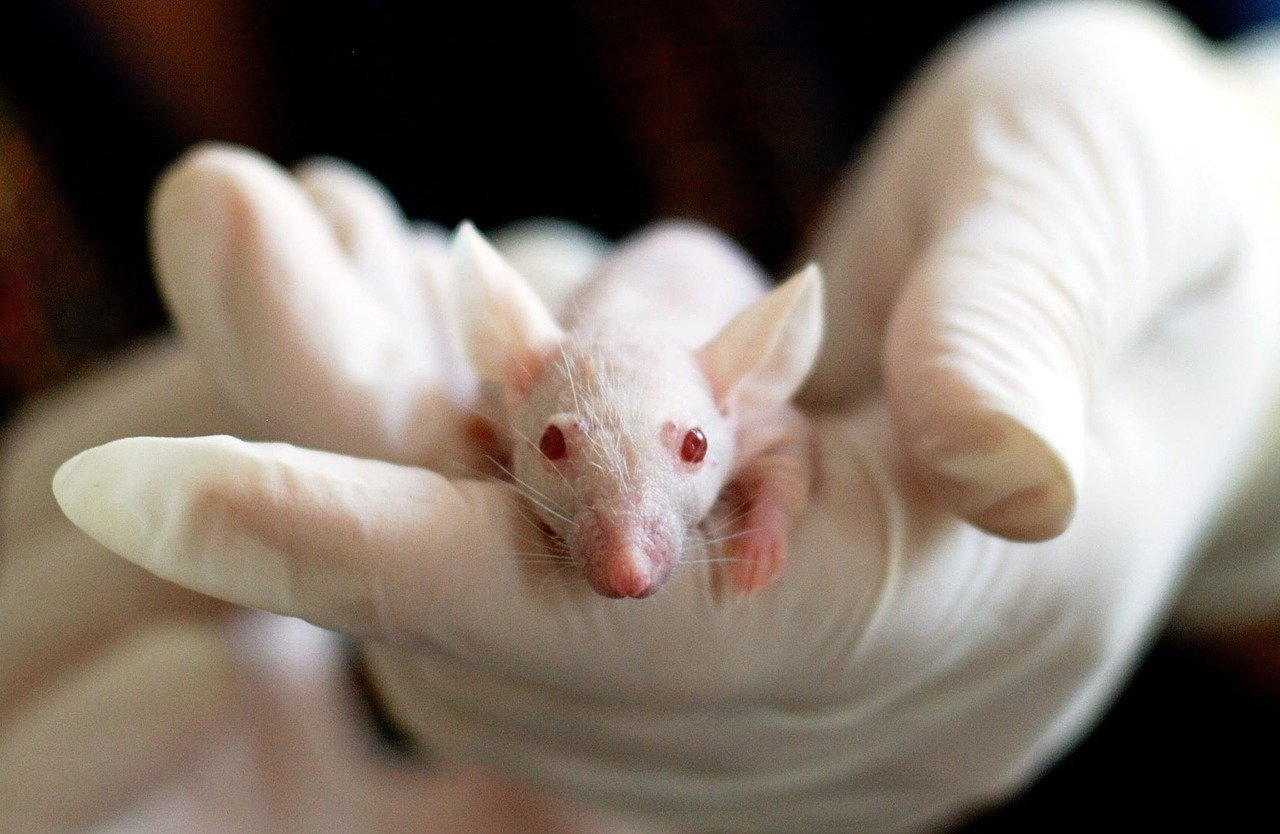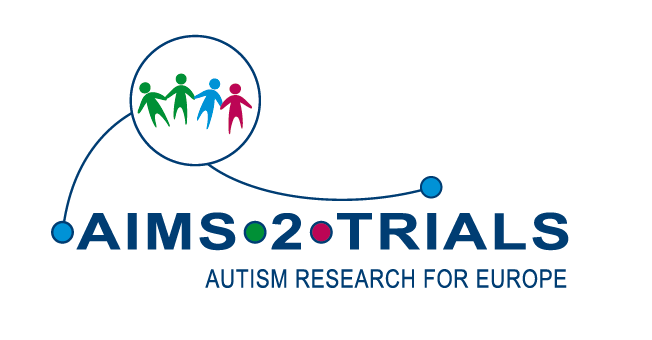Infection & inflammation during pregnancy

Using mice to research the link between autism and inflammation
A baby’s likelihood of developing autism is thought to increase when infections during pregnancy trigger the body’s immune response, which leads to inflammation. In the short term, inflammation helps the body to fight infection but unusually high levels over a long period can cause damage. This effect may be greatest in babies who also have genes that are linked to autism.
‘Mouse models’ of autism
The link between autism and inflammation is difficult to study in people. Our research uses a harmless molecule to mimic an infection in pregnant mice. The molecule is a synthetic analog of double-stranded RNA, a molecular pattern associated with viral infections, and so triggers the immune system. Researchers can control the timing, duration and intensity of the mock infection so that it is identical for all of the mice studied. Being able to control these variables will be critical in allowing the researchers to identify whether inflammation increases the likelihood of autism in the mouse’s offspring.
The mice in this study are missing all or part of a gene called SHANK3, which can cause a developmental condition called Phelan McDermid Syndrome in humans. Most people who lack a functional copy of the gene have autism and intellectual disability. Changes to the SHANK3 gene are thought to affect the way that brain cells communicate. The gene typically produces a protein that acts like a scaffold, to guide the assembly of key structures at the junctions between nerve cells. These structures enable cells to send signals that are crucial for learning and memory, and changes in them are thought to play a role in autism.
Mice that lack the SHANK3 gene are known to display behaviours such as repetitive grooming, anxiety, hypo (under) activity and less social activity than other mice. This somewhat corresponds with behaviours seen in people with autism and suggests that any findings made in mice will be relevant to people.
Tracking inflammation and behaviour
Researchers will give pregnant mice with and without SHANK3 the harmless mock infection. They will then track the levels of inflammation and the activity of immune cells in the mice and their offspring. They will also observe whether the mice display any autism-like behaviours. The researchers anticipate that autistic traits will be higher in the mice that have both the genetic change and were exposed to the mock infection during pregnancy, than in mice with only one of the two factors. The two factors could interact to increase a mouse or persons’ likelihood of developing autism, as well as the intensity or strength of their autistic characteristics.
The results of this study will link to research in cells taken from people with Shank3 mutations or Phelan McDermid Syndrome. The goal is to draw together findings made in animals and in people to together advance and broaden our understanding of autism.
Principal Investigators
Tobias Beckers, Ulm University (mice)
Irena Kadiu, UCB Biopharma (stem cells)
Why use animals in our research?
The global consensus among scientists is that some research using animals is vital for progress in biology and healthcare. This is because it is not always possible to model the complexity of a living body in other ways. Research that uses animals gives unique insights into the living body as a whole. It also allows scientists to control factors that affect the experiment and that cannot be controlled precisely in human volunteers.
Only used where unavoidable
We use animals only when it is considered unavoidable because no other research technique can answer the scientific question. However, we adhere to the principles of the 3 Rs: to replace, refine and reduce the use of animals.
High standards of animal welfare
High standards of welfare are central to all of our animal research. Our studies are regulated strictly by laws and regulations across Europe and within each country where the research takes place. We are committed to communicating clearly and openly about all of our research.
Why are mice relevant to autism?
It may sound strange, but mice with mutations in certain genes related to autism typically show repetitive patterns of movement and reduced interest in other mice. They also display a cognitive style that focuses on details and favours routine. Because the mice have both genetic mutations linked with autism and display behaviours that are in some ways similar to those of some autistic people, they are referred to as ‘mouse models of autism’. Studying them can help researchers learn more about the biology of autism, including identifying biological markers to indicate which brain cells or circuits are important for particular behaviours and thinking styles.








